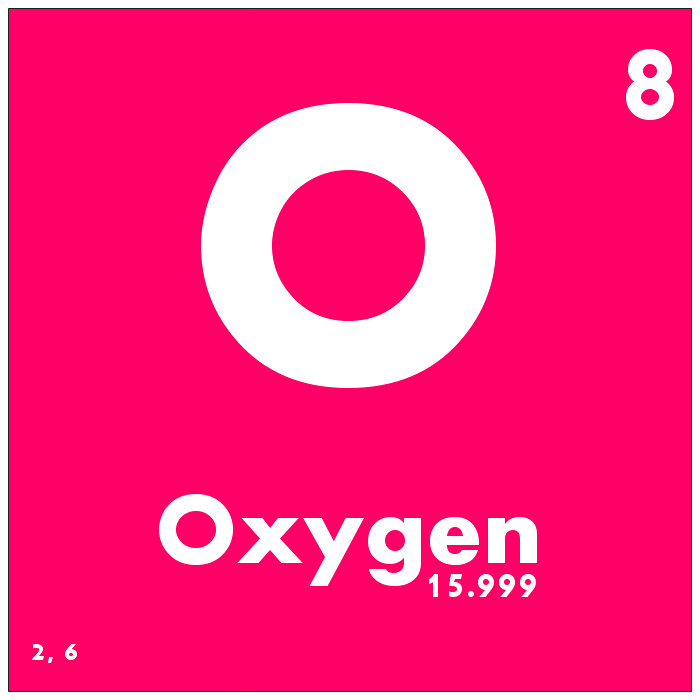

If humans are exposed to large amounts of oxygen for a long time, damage to the lungs may occur. Follow-up is necessary to ensure proper lung function in occupations where exposure to pure oxygen is common.Įvery human being needs oxygen to breathe, but as in many cases too much is not good. Health effects of pure oxygenīreathing 50 to 100% concentrated oxygen at normal pressure for prolonged periods can damage the lung. The main applications of oxygen are in order of importance:ġ) fabrication of steel and other metals.Ģ) manufacture of chemicals by controlled oxidation.ĥ) extraction, production and manufacture of stone and glass products. Oxygen can be separated from air by fractional liquefaction and distillation. Another major application is rocket propulsion. Oxygen is used primarily in the manufacture of metals, especially steel, as well as chemicals that require oxidation. It is possible to isolate oxygen from air by distillation or by fractional liquefaction. One of the main features of oxygen is that it forms oxides with almost all other elements except helium, neon, argon, and krypton. Oxygen is the most abundant element in the earth’s crust and one fifth of the earth’s atmosphere is composed of oxygen in the form of diatomic gas, O 2, but also, in trace amounts, in the form of ozone O 3.

It also participates in combustion processes. Oxygen is a capital element for living things because it is at the center of the respiration of many living beings. Liquid oxygen, on the other hand, is also paramagnetic. It is also the most paramagnetic of gases. Under normal temperature and pressure conditions, oxygen is an odorless and colorless gas.

This reduced the yield of photosynthesis by half (Gerbaud and André, 1979-1980). It has been shown that, before the CO2 increase of the industrial age, half of the oxygen emitted by the leaves was reabsorbed. This process is very useful to confirm or deny a theory about natural terrestrial climate changes like the Milanković parameters.Īs a stable isotopic marker, it has been used to measure the unidirectional flow of oxygen absorbed during photosynthesis by the phenomenon of photorespiration. This ratio can be determined from ice cores, as well as aragonite or calcite from some fossils. Oxygen-18 is a paleoclimatic indicator used to know the temperature in a region at a given time: the higher the 18O / 16O isotope ratio, the lower the corresponding temperature. Produced 3.5 billion years ago by photosynthetic cyanobacteria at first rudimentary as a toxic by-product in an anaerobic world, it has become, very slowly (3.5 billion years …) but surely, essential to the evolution of the Earth, to the development of life and to death… Oxygen 18 Oxygen is the third most abundant chemical element in the universe (after hydrogen and helium). We will therefore call oxygen gas the union of this base with the caloric”. “We have given the base of the breathable portion of the air the name oxygen, deriving it from two Greek words ὀξύς, acid and γείνομαι, I generate, because indeed one of the most general properties of this basis is to form acids by combining with most substances. Discovered independently in 1772 by the Swede Carl Wilhelm Scheele in Uppsala, and in 1774 by Pierre Bayen in Châlons-en-Champagne as well as by the Briton Joseph Priestley in Wiltshire, oxygen was named so in 1777 by the French Antoine Lavoisier and his wife in Paris from the ancient Greek ὀξύς / oxys (“acute”, that is to say here “acid”), and γενής / genês (“generator”), because Lavoisier mistakenly thought – oxidation and acidification being connected -: It is the head of the chalcogen group, often referred to as the oxygen group. Oxygen Oxygen is the chemical element with atomic number 8, symbol O


 0 kommentar(er)
0 kommentar(er)
